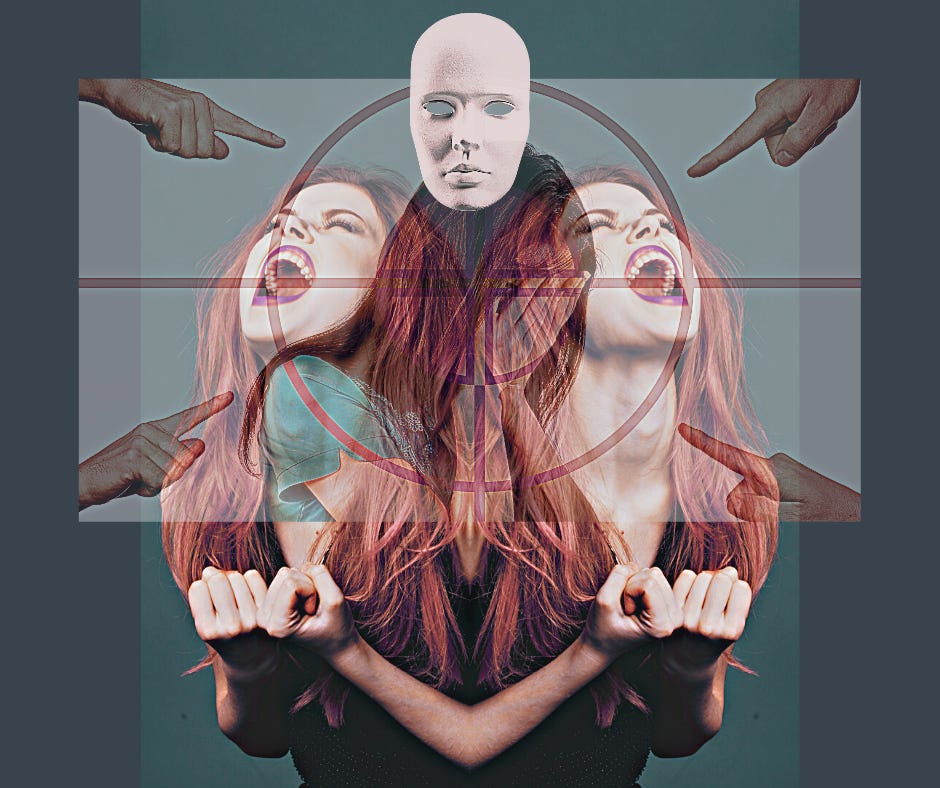Masking or Mimicry?
Non-autistic professionals commonly believe in something they call “autistic masking.” They say that individuals with autism learn to mask or hide their autistic traits and behaviors in social situations in order to fit in and appear more “neurotypical” or NT (i.e. people without autism). The supposed goal of masking is to avoid social rejection or misunderstanding.
That did not sit right with me. I couldn’t make sense of it—like most non-autistic theories about autistic people.
Given the behaviors in question are observed by NTs while the autistic person is under duress, to me, it seems more mimicry in a Paulo Freire, Mimicry of the Oppressor sense than it is masking.
What are masking and mimicry?
Masking and mimicry are two different concepts related to behavior and communication.
Masking is hiding or concealing one’s true emotions or feelings behind a false expression. It is often used as a coping mechanism in situations where it is socially unacceptable or dangerous to express one’s true emotions, or as a ploy to manipulate others. For example, someone might pretend to like you because they want something from you, like money, status, or sex.
Characteristics of masking include:
Concealing one’s true self or identity
Presenting a facade or persona that is different from one’s true self
Often done to fit in with a social group or to avoid judgment or criticism
While masking and mimicry are each related to behavior and communication, they are fundamentally different in their purpose and function. Masking involves concealing one's emotions, while mimicry imitates the behavior of others.
Mimicry, on the other hand, is imitating or copying the behavior, language, or appearance of another.
Characteristics of mimicry include:
Imitating or copying the behavior, language, or appearance of another person
Can be conscious or unconscious
It may serve various purposes, such as to gain trust or to blend in with the environment
It may be done as a form of flattery or admiration.
In future articles, I’ll take a look at why “autistic masking” is a myth based on projection and erroneous conclusions made by NTs. I’ll also explore how this is costing us, as autistic people, our health and our lives.




